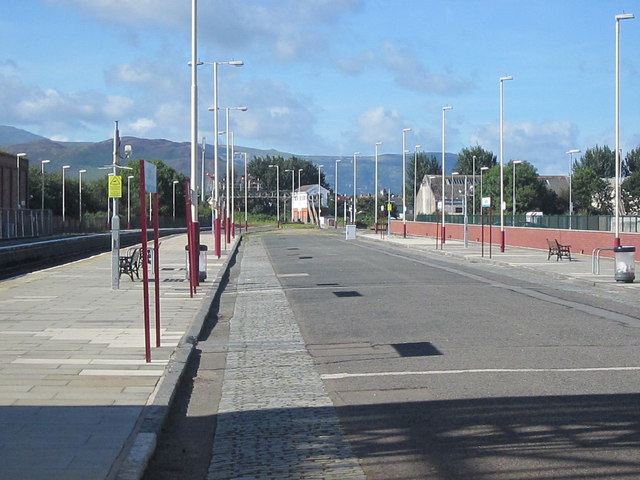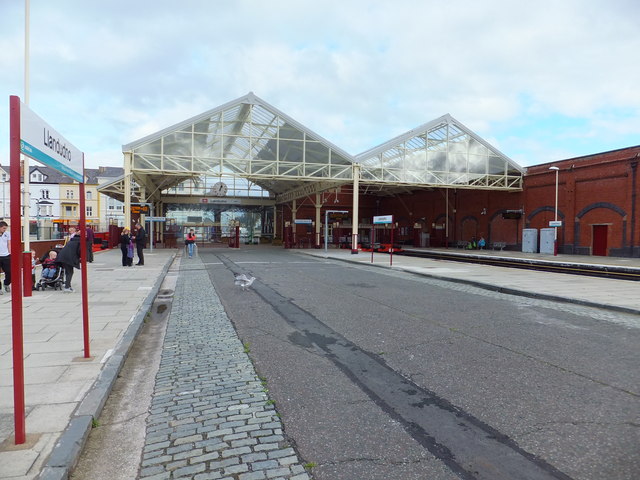I was wondering if anyone could help with a query... in all my travels as a kid to St Pancras it always struck me as odd as having one particularly wide platform {6&7 IIRC} as featured in the opening credits of Porridge. Why did St Pancras have this feature? what was it for? and how comes other London termini don't have the same feature?
It was platforms 5 and 6, used for arrivals of the long-distance trains from Glasgow and other parts when such trains ran. As
EM2 has said, taxis came into the station from the forecourt and left via a ramp at the north end of these platforms onto Pancras Road.
Liverpool Street had a cab road where a ramp down from Pindar Street Bridge went between platforms 10 and 11 - I recollect trainspotting from this ramp in the late 1950s/early 60s - it has been swept away by more recent developments.
London Bridge - the terminus section - may have had a cab road between platforms 16 and 18 - a 1937 plan in a book isn't clear if this was a cab road or not.
Cannon Street had a short cab road between Platforms 3 and 5 before 1926 and also could be accessed from Platform 4. It was an 'In and out' access, but in 1926 it became between platforms 5 and 6 when the station was rearranged.
Waterloo: Cab road between platforms 10 and 11 was accessed from York street by a ramp coming up into the station.
Charing Cross: Short cab road between platforms 5 and 6 accessed from the forecourt.
Victoria - originally two adjacent stations, both of which had cab roads, I'm uncertain how these were accessed. By 1960 there were still two cab roads accessed in one case from Elizabeth Street overbridge and the other from Eccleston Street bridge. I am uncertain how these were affected by later works on the station.
Paddington: cab road between platforms 8 and 9 and between 10 and 11 - I have fond memories of returning from grandparents in Royal Leamington Spa and the family getting into a taxi to get to Charing Cross in the 1950s.
Marylebone: Cab road between platforms 1 and 2 accessed from a ramp from Rossmore Road bridge - departure through station frontage.
(Much of the above information comes from the late Alan A Jackson's book "London's Termini" 2nd edition 1985)




